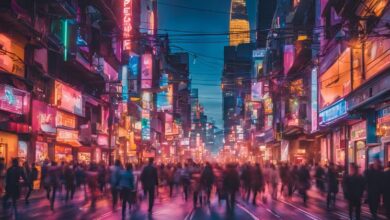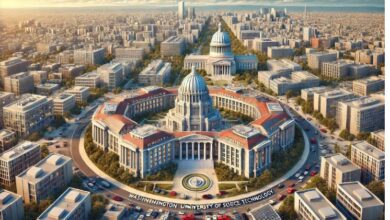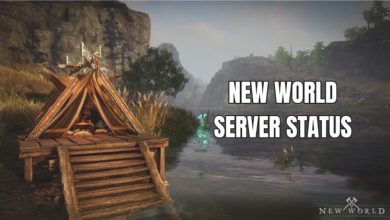Mangrove 937: A Hidden Gem of Nature and Ecology

Mangrove 937 is not just another natural location; it’s a thriving ecosystem that supports biodiversity, sustains local livelihoods, and protects coastlines. Whether you’re an avid nature lover, a scientist, or simply a curious traveler, Man grove 937 offers something unique. This blog delves into the significance of Man grove 937, its ecological importance, and how you can experience its serene beauty.
1. What is Mangrove 937?
Mangrove 937 refers to a specific mangrove ecosystem that is renowned for its rich biodiversity and ecological importance. Mangroves are coastal trees and shrubs that grow in saline or brackish water, and they are often called “guardians of the coast” for their role in protecting shorelines.
Man grove 937 stands out for its expansive coverage and the diverse flora and fauna it supports. This region is not just an environmental treasure but also a key resource for nearby communities.
2. The Importance of Mangrove Ecosystems
Mangrove ecosystems, like Mangrove 937, are vital for several reasons:
- Coastal Protection: Mangroves reduce the impact of strong waves and storms, protecting shorelines from erosion.
- Carbon Storage: These ecosystems act as carbon sinks, helping mitigate climate change.
- Biodiversity Hotspots: Mangroves are home to a wide range of species, from fish and crabs to birds and reptiles.
Man grove 937 exemplifies all these benefits, making it an indispensable ecological asset.
3. Wildlife in Mangrove 937
One of the highlights of Man grove 937 is its incredible wildlife. It’s a haven for rare and endangered species, including:
- Birds: Kingfishers, herons, and flamingos.
- Marine Life: Crabs, mudskippers, and juvenile fish.
- Mammals: Otters and wild boars.
The interconnected ecosystem ensures that every organism plays a role in maintaining balance.
4. Mangrove 937 as a Biodiversity Hub
Man grove 937 is often referred to as a “biodiversity hub” due to the coexistence of terrestrial and aquatic life forms. The intricate root systems provide shelter and breeding grounds for many marine species, while the canopy offers nesting areas for birds.
5. The Role of Mangrove 937 in Local Communities
Mangrove 937 doesn’t just benefit the environment—it also supports local communities. The area provides resources like fish and timber while also fostering eco-tourism, which has become a sustainable livelihood option for many locals.
6. Threats to Mangrove 937
Despite its importance, Man grove 937 faces several threats:
- Deforestation: Unregulated logging for timber and land conversion.
- Pollution: Industrial waste and plastic pollution are degrading the ecosystem.
- Climate Change: Rising sea levels and temperature changes are putting pressure on mangroves.
Immediate action is required to protect this ecosystem from further damage.
7. Conservation Efforts in Mangrove 937
Conservation efforts for Man grove 937 focus on:
- Reforestation Programs: Planting new mangroves to replace lost ones.
- Community Involvement: Educating locals about sustainable practices.
- Policy Implementation: Stricter regulations to curb deforestation and pollution.
Several NGOs and government agencies are actively working to ensure Man grove 937’s survival.
8. Exploring Mangrove 937: A Visitor’s Guide
For those who wish to experience Man grove 937 firsthand, here’s a quick guide:
- Best Time to Visit: Early mornings or evenings during low tide.
- Activities: Kayaking, birdwatching, and guided eco-tours.
- What to Bring: Binoculars, eco-friendly sunscreen, and water.
Responsible tourism ensures that you enjoy the beauty of Man grove 937 without harming the ecosystem.
9. Why Mangrove 937 is a Must-Visit Destination
Man grove 937 isn’t just an ecological treasure; it’s also a serene escape from urban life. Whether you’re navigating through the mangrove channels or observing wildlife, the experience is both relaxing and educational.
10. Future Prospects for Mangrove 937
With the right conservation efforts, Man grove 937 has the potential to become a model for sustainable ecosystem management. Protecting it is not just about saving an environment—it’s about preserving a way of life for future generations.
Conclusion
Mangrove 937 is more than just a collection of trees—it’s a vital ecosystem that supports life, protects shorelines, and sustains communities. By understanding its significance and contributing to its preservation, we can ensure that this natural wonder thrives for generations to come. Visiting Man grove 937 is not just a journey into nature but also a step towards appreciating and protecting our planet.
Frequently Asked Questions (FAQ)
What makes Mangrove 937 unique?
Mangrove 937 is known for its rich biodiversity, expansive coverage, and its role in supporting both wildlife and local communities.
What species can I find in Man grove 937?
You can find a variety of species, including kingfishers, crabs, mudskippers, otters, and more, making it a biodiversity hotspot.
How can I help conserve Mangrove 937?
You can contribute by supporting reforestation programs, practicing eco-friendly tourism, and spreading awareness about its ecological importance.
What activities can I do at Man grove 937?
Visitors can enjoy birdwatching, kayaking, guided eco-tours, and photography while exploring this serene environment.
When is the best time to visit Mangrove 937?
The best time to visit is during early mornings or evenings at low tide, as it offers optimal opportunities to observe wildlife and explore.
This blog post provides a comprehensive overview of Man grove 937, highlighting its ecological significance, threats, and how you can enjoy and protect this natural gem.





